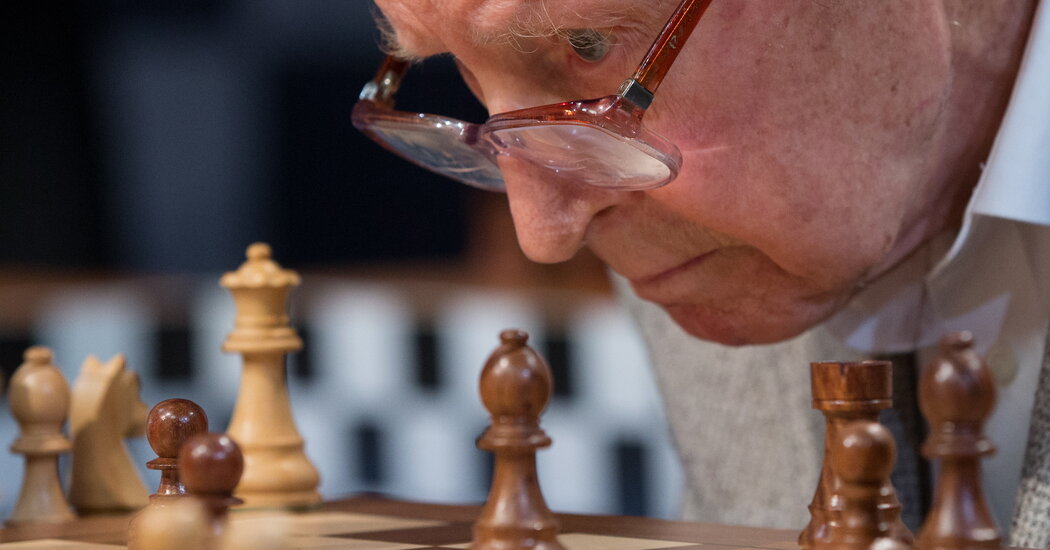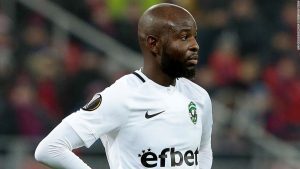
“The question of my return to work at the institute died a death,” he wrote in his memoir.
In 1955, Mikhail Botvinnik, who was then world champion, recruited Mr. Averbakh to play training games with him. Over the next two years, the two played 25 games against each other — about the same length as a world championship match — with Mr. Botvinnik winning only one or two more games than Mr. Averbakh, according to Mr. Averbakh.
Their working relationship ended after Mr. Averbakh agreed to play training games with Mikail Tal before the 1959 Candidates Tournament in Yugoslavia. Mr. Botvinnik regarded that decision as a betrayal, Mr. Averbakh wrote. Mr. Tal went on to win the Candidates Tournament and defeat Mr. Botvinnik the following year.
At the end of 1982, Mr. Smyslov, who was then 61, qualified for the Candidates matches and asked Mr. Averbakh, whom he had known since childhood, to be his trainer. Mr. Averbakh accepted, and Mr. Smyslov won his quarterfinal and semifinal matches before losing the final to Garry Kasparov, the future world champion.
As his playing career faded in the early 1960s, Mr. Averbakh took on a behind-the-scenes role in the Soviet chess establishment. It was a difficult task, with every appointment and bureaucratic decision often subject to political intrigue and second-guessing. Still, though he claimed to be naïve about politics, he managed to thrive for many years in that second career.
In 1962, he became editor of the two most prestigious Soviet chess magazines, Shakhmatny Bulletin and Shakhmaty v SSSR. He edited them for 37 years, a record for longevity.
Mr. Averbakh was appointed president of the Soviet Chess Federation in 1972, a privileged position in Soviet society. With success in chess seen as crucial to proving the validity of communism, chess players were regarded much like elite athletes and were even sent to train with the Olympic national teams. Mr. Averbakh described the scene at the Central Komsomol school in Veshnyako in 1963:
“It was an unforgettable sight. Basketball players as thin as pencils, bow-legged squat weightlifters, boxers with huge hands like gorillas and cauliflower ears and squashed noses. Of course, there were exceptions, but in general one got the impression that they were pathological, freak types, which is what had brought them into big-time sport, and allowed them to achieve better results than normal people.”
He is survived by his daughter (sources differ in identifying her as Jane or Evgenia). Information on other survivors was not available.

